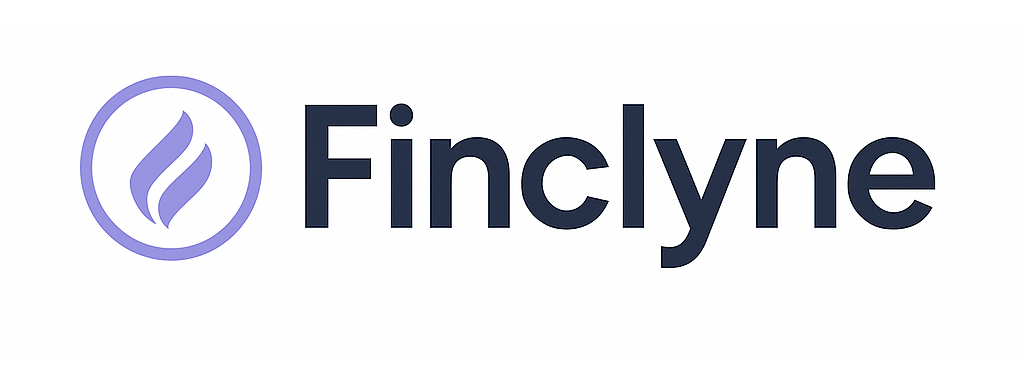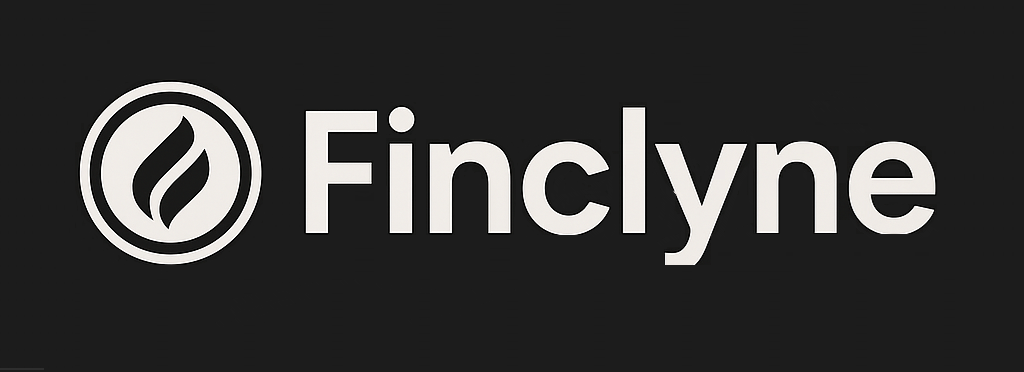Rates Spark: Politics and Fiscal Issues Muddy Waters
The global economic landscape, perpetually in flux, is currently navigating a particularly turbulent phase, largely shaped by the intricate dance between interest rates, political agendas, and deeply entrenched fiscal challenges. What began as a seemingly straightforward journey towards monetary policy normalization post-pandemic has devolved into a complex narrative, where the waters for investors, businesses, and everyday consumers alike have become undeniably muddied. At the heart of this uncertainty lies a potent mix: the inherent unpredictability of political cycles clashing with the persistent specter of fiscal imbalances, both of which are exerting significant, often contradictory, pressures on the trajectory of interest rates.
For much of the past two years, central banks worldwide, notably the U.S. Federal Reserve, embarked on an aggressive rate-hiking campaign to combat soaring inflation. This period saw borrowing costs rise sharply, impacting everything from mortgage rates and car loans to corporate financing and government debt service. While inflation has shown signs of cooling in some major economies, the “higher for longer” mantra has stubbornly persisted, challenging earlier expectations of swift rate cuts. This persistence is not merely a function of stubborn price pressures; it’s increasingly intertwined with the political calendar and the precarious state of national balance sheets.
Consider the political dimension. With major elections on the horizon in key global economies, including the United States, the traditional separation between monetary policy and political influence appears increasingly tenuous. Governments facing re-election often grapple with the delicate balance of economic stability and popular sentiment. Calls for lower interest rates to stimulate growth or ease the burden on indebted consumers and businesses become louder, potentially putting pressure on independent central banks. Conversely, promises of increased spending on social programs, infrastructure, or defense can exacerbate inflationary pressures or balloon national debt, making a central bank’s job of taming inflation even harder. Policy uncertainty, driven by potential shifts in taxation, regulation, or spending priorities post-election, can cause market jitters, leading to volatility in bond yields and equity markets, further complicating central bank decisions. This electoral cycle dynamic creates a feedback loop: political maneuvering affects economic sentiment, which in turn influences the central bank’s calculus on rates, often leading to market volatility as investors try to price in a range of future policy scenarios.
Simultaneously, the world grapples with profound fiscal issues. Many developed nations emerged from the pandemic with significantly expanded national debts, the result of extensive stimulus packages and emergency spending. Servicing this debt becomes increasingly expensive as interest rates remain elevated. Higher interest payments consume a larger portion of government budgets, potentially crowding out spending on essential public services or investments crucial for long-term economic growth. This fiscal strain can lead to difficult choices: raising taxes, cutting spending, or, in some cases, resorting to increased borrowing, which risks further inflating the national debt. Moreover, persistent budget deficits can signal to markets a lack of fiscal discipline, potentially eroding confidence, pushing up long-term bond yields, and making it even harder for governments to borrow affordably. For young adults, these fiscal realities have direct implications. Mounting national debt means a greater future tax burden, while elevated interest rates affect the affordability of mortgages, student loan repayments, and the overall cost of living, shaping everything from career choices to family planning.
The interplay between these forces creates a “muddy waters” scenario. Central banks, tasked with maintaining price stability, find themselves navigating a minefield where fiscal profligacy and political machinations constantly threaten to derail their efforts. A government that overspends or struggles to control its deficit effectively limits the central bank’s options, potentially forcing it to keep rates higher for longer to offset inflationary pressures or manage market expectations. Conversely, if a central bank succumbs to political pressure and lowers rates prematurely, it risks reigniting inflation, undoing years of hard-won progress. This delicate balance makes predicting the future path of interest rates exceptionally challenging, fueling market uncertainty and requiring a sophisticated understanding from investors and consumers alike. Understanding these dynamics is crucial for young adults, as the decisions made today by policymakers will directly shape the economic environment they inherit, affecting everything from job prospects to investment returns and the cost of securing their financial future.





